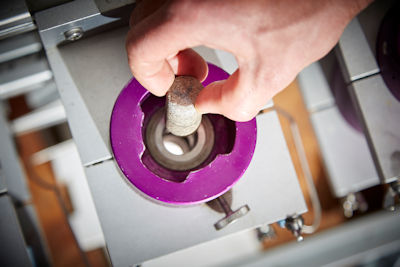Research project
Carbonates Fault Seal
- Start date: 1 November 2015
- End date: 31 December 2019
- Primary investigator: Professor Quentin Fisher

Industry funded consortium: ADMA, ENVI, OMV, Petrobas, Wintershall
Predicting the sealing capacity in carbonate fault zones is rarely straight forward due to (a) the inherent heterogeneity of the carbonates, and (b) the propensity of carbonates to diagenetically alter. The lack of documented carbonate fault rock permeability values causes simulations of faulted carbonate reservoirs to be inaccurate, compounded by the fact that the along-strike variation of fault rock permeability can be substantial.
More detailed studies of the petrophysical properties of many carbonate fault rock types, in a range of tectonic settings, with varying carbonate lithofacies and deformation and diagenetic history, will improve our capabilities to predict there hydraulic properties. This will allow bettersimulation of the effect of faulting on fluid flow.
A key output of this project will be the quantitative understanding of how lithological variations of differing facies combine with extrinsic fault-related deformation and their expression in the petrophysical properties. This will be used to implement a predictive tool in the software T7 (the successor to TrapTester).
This project will:
- Build a database of the petrophysical properties of fault rocks in petroleum reservoirs.
- Document examples of how faults affect fluid flow in carbonate reservoirs.
- Develop a software tool that will link to T7 by Badleys to improve the ability of industry to model fault-related fluid flow in carbonate reservoirs.
The project is a collaboration between the University of Leeds and Badleys and brings together leading experts in structural geology and petrophysical property analysis of faults with the software development team that has created the most sophisticated package currently available for fault modelling.

